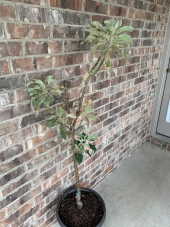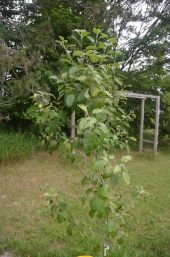From this one photo that is fire blight, fire blight tends to only affect the leaves not the stems like CAR. Car will infect the branch as well as the leaves.
Honey Crisp trees are actually meant for zones 4-6, they have a requirement of more cold days than most apples and they don't do well from zone 7 thru 10.
I'd try to get some really good
compost to make an aerated tea with then spray the whole tree and the soil around the roots.
After that first treatment try to use a compost tea to water the tree two weeks after the spraying.
Redhawk








